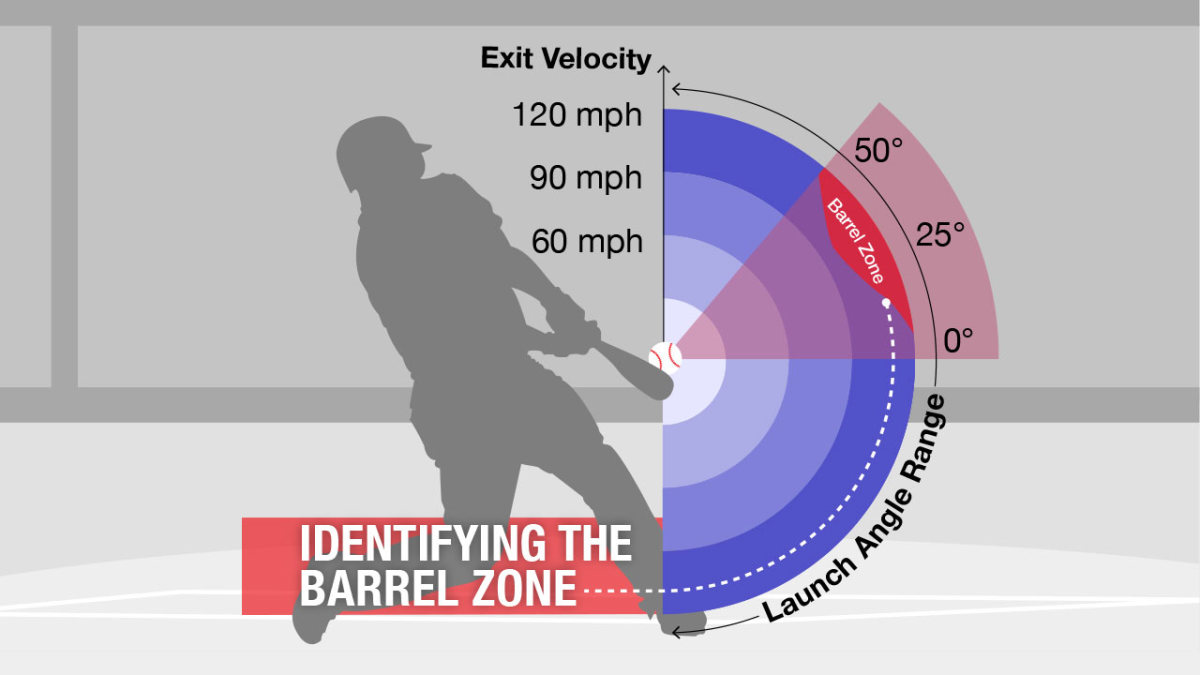The secret to Ronald Acuña Jr (and Atlanta's) offense? It has to do with strikeouts
Atlanta's offense, which has been good all season, went to another level in June: In 17 games, Atlanta hitters have an .919 OPS (1st - by almost 100 points), with an MLB-leading batting average (.312), on-base percentage (.375), slugging percentage (.544), home runs (36) and runs per game (6.88).
Thinking back to the Colorado series and how many longballs Atlanta launched, it's no surprise they lead MLB in the month of June. No, the bigger surprise is that they've one of the best teams at not striking out, with their 118 strikeouts being second-lowest in baseball for the month.
The June performance is the continuation of a trend, not a fluke: For the 2023 season, Atlanta leads in homeruns (126) and has the 10th-fewest strikeouts, with 604.
Now THIS is out of character - in 2022, Atlanta finished with the 2nd most homeruns (243) in baseball but was one team out from the lead for most strikeouts, with 1,498.
And no one's made a bigger change in their strikeouts than one Ronald Acuña Jr. The MVP candidate has dropped his strikeout rate this season from last year's 23.6% to only 13.1% this year, despite hitting more homeruns. That change has seen his batting average go from .283 in his 2021 All-Star season and .266 in his rehab-delayed 2022 to a blistering hot .327 this year.
But how?
I don't think it's a fluke - the most common statistic used to diagnose luck is BABIP, or Batting Average on Balls In Play. Put simply, when you hit the ball (as opposed to striking out or walking), how often is it a hit? If your BABIP is significantly higher than MLB average, you're probably either lucky or facing a lot of really bad defenses (or both). And if it's significantly lower than average, you're either exceptionally unlucky and/or hitting the ball right at defenders. Over time, BABIP usually will stabilize and you'll move closer to the average.
Well, his BABIP this year is .342, with his last two seasons being at .331 (2022) and .311 (2021). So it's slightly higher, but not enough to explain a batting average that high (and BABIP doesn't account for strikeouts at all).
(I've got a long thing to go here about speedy players inherently having higher BABIP's depending on their average launch angle and GB/FB rate, but that's another article)
No, instead I think it's an intentional change Acuña's made at the plate, and it's perfectly encapsulated by one specific statistic:

Ronald Acuña Jr, with two strikes, is batting .242, a full eighty-one points higher than last year. Sixty points higher than his previous career high, of .182 in 2018.
Put simply: Ronald Acuña Jr is seeing the ball better than ever before.
A big part of it is better pitch recognition - Acuña's swinging at a lower percentage of pitches in the zone (68.9%, down 4.6% from 2022), but making more contact than ever (84.6%, 4% higher than last year). His swing and miss is down to a career-low 20.1%.
He's waiting for driveable pitches.
And boy is he driving them - a big part of this is HOW he's hitting them. His barrel rate - a combination of hitting the ball at 95 mph or harder in the optimal angle to hit a home run - is 93rd percentile in baseball, at 15.9%.

(MLB average is 6.8% - yes, he's doubling up the average professional in barrel percentage)
He leads all of baseball in number of barrels, at 40. And to illustrate exactly how hard he's hitting the ball? Acuña's sitting on the highest average exit velocity in MLB, at 95.1mph, and the 2nd highest max exit velo, at 116.7 mph.
So, to sum it up:
Ronald Acuña Jr is striking out significantly less than ever, despite swinging less and being more selective than ever, and is hitting the ball harder than ever.
Dude's special.
Check out Braves Today on Socials!
Follow Braves Today on Twitter!
Like Braves Today on Facebook!
Check out the homepage for more Atlanta Braves News!
Subscribe to Braves Today on YouTube!
Get Exclusive Braves Merchandise from FOCO
